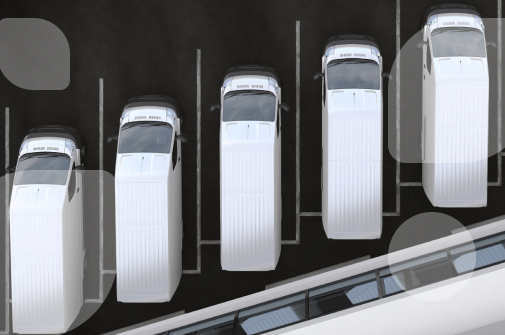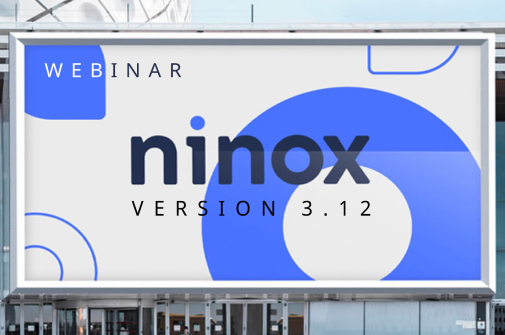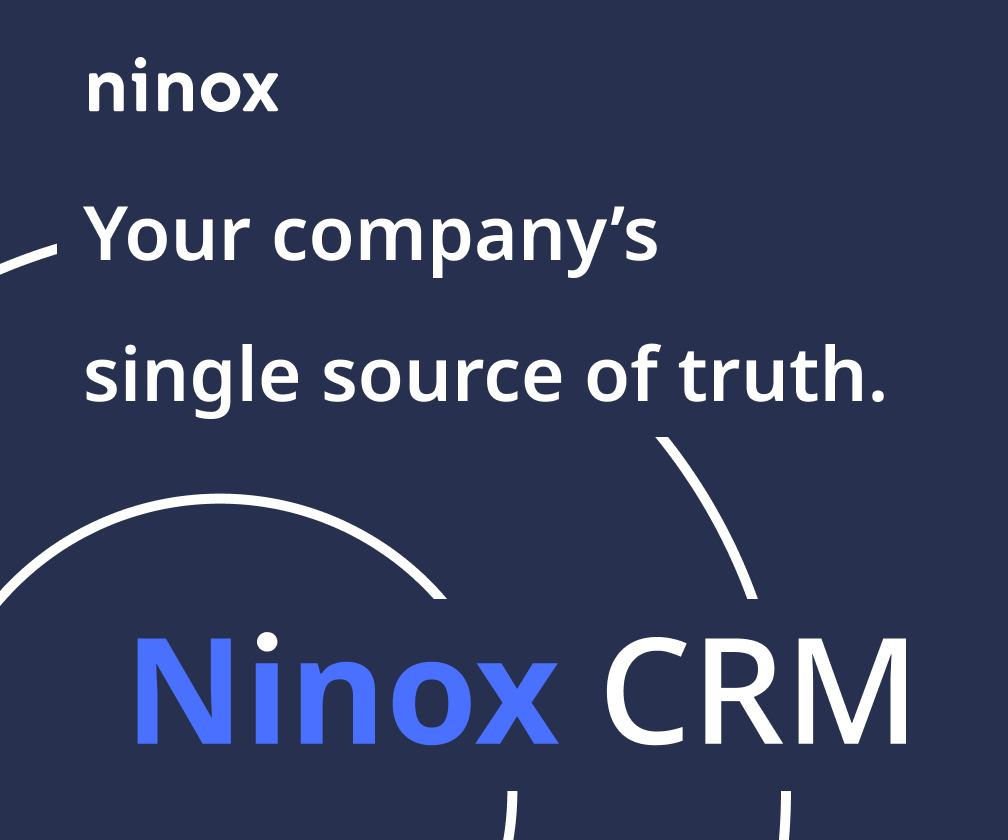Solve accounting efficiently with an accounting software with DATEV interface

- Intro
- What is a DATEV interface?
- How does a DATEV interface work?
- Why is an invoicing program with DATEV interface important?
- Challenges: Sending documents back and forth manually was a thing of the past
- The benefits of accounting software with DATEV interface
- Solving payslips and cash book with DATEV interface
- With Ninox for privacy-compliant and efficient accounting
- Conclusion: Digitize your accounting
Thanks to today's technological advances, companies can solve their accounting more efficiently than ever, in particular through an invoicing program with a DATEV interface. But what exactly is behind this interface and why is it so important?
In this blog post, we will show you the challenges of manually booking documents and why a connection to DATEV is a great advantage.
What is a DATEV interface?
A DATEV interface is a connection between software and the DATEV system. DATEV (data processing for tax and auditing) offers services for tax consultants, auditors and companies in Germany.

The interface enables smooth integration and exchange of data such as booking records and payslips for tax and accounting purposes.
How does a DATEV interface work?
The way a DATEV interface works is quite simple. It enables bidirectional communication between a software application and the DATEV system.
Thanks to the interface, manual export and import are no longer necessary. Using the DATEVconnect interface, all information is transferred from the accounting software to the DATEV software in the correct format.
Why is an accounting software with DATEV interface important?
An invoicing program with DATEV interface allows companies to automatically transfer invoices and payslips to the accounting department and thus communicate seamlessly with their tax office.

DATEV itself is not an accounting program, but an accounting program. It enables digital bookkeeping. Through the interface to other software solutions, invoicing and bookkeeping are linked together. Instead of manually transferring data, the DATEV interface automates this process.
Challenges: Sending documents back and forth manually was a thing of the past
One of the biggest challenges that companies must overcome without such a DATEV interface is the manual exchange of documents. If companies create their invoices manually using an Excel or Word template, they must then be converted into DATEV format.
Each individual outgoing invoice must be converted in accounting and posted to the corresponding account. This creates an enormous administrative burden. Folders must be sent back and forth, which also affects data protection.

The manual booking of invoices also entails the risk that Mistakes occur. In contrast to suitable accounting software with DATEV interface, manual accounting does not guarantee perfect data consistency.
The benefits of accounting software with DATEV interface
Modern accounting software with a DATEV interface offers numerous advantages for companies and tax consultants:
- Save time through automated workflows: Automating routine tasks such as invoicing, bookkeeping and reporting makes it possible to save time and focus on strategic tasks. Tips for good software to write invoices digitally, can be found elsewhere.
- Secure data transfer that minimizes potential risks: The DATEV interface ensures a secure exchange of sensitive financial data between accounting software and the DATEV system, which minimizes the risk of data loss or manipulation.
- Eliminate the need for pendulum folders: The digitization of receipts and documents makes physical commuting folders superfluous, which drastically reduces administrative costs.
- Efficient accounting and reminders thanks to automation: An automatic invoicing and reminder system ensures that payment processes run smoothly.
- Direct transfer of data: The direct transfer of data between accounting software and the DATEV system minimizes the possibility of human errors and ensures a high level of data integrity.
- Seamless communication with the tax office: The DATEV interface enables seamless communication and efficient cooperation between companies and tax offices.
Solving payslips and cash book with DATEV interface
If companies use an invoicing program such as Ninox with DATEV interface, they benefit from a better efficiency of financial accounting processes. The seamless connection via API makes the manual transfer of files unnecessary.

The secure access concept also ensures a high data security. Basically, the DATEV interface performs two important functions:
- It makes it possible to transfer outgoing invoices created in Ninox to DATEV.
- It creates more efficient communication with the accounting department or the tax office.
The DATEV interface ensures that invoices are easily transferred to the cash book. Addresses and bank details that are stored in Ninox with your business partners are transferred via the interface.
The same applies if you use Ninox as an HR platform. Here you manage all payslips in Ninox and transfer them to DATEV via an interface. In addition to the correct account details, the interface also provides other important information about your employees, such as information subject to social security contributions, working hours and form of remuneration.
Read another blog article to find out how you can best digitize personnel files and what you should bear in mind.
With Ninox for privacy-compliant and efficient accounting
The integrated billing program with DATEV interface in Ninox provides companies with an intuitive user interface, automated processes and invoice tracking. However, data security is even more important.
Sensitive financial and accounting data is exchanged via the DATEV interface. It is therefore essential to ensure that this data is protected from unauthorized access and misuse.

DATEV has high standards for data protection and data security and ensures that all data is handled in accordance with applicable legal regulations, in particular the General Data Protection Regulation (GDPR). Ninox was developed in a multi-stage process as GDPR-compliant interface from DATEV self-certified. This means that Ninox securely stores, manages and transfers customer and personal data to DATEV.
Companies should ensure that the accounting software they use and the associated DATEV interface comply with meet the highest standards for data protection and data security. By complying with these standards, companies can ensure that their sensitive financial data is protected at all times and that the use of the DATEV interface meets the applicable legal requirements.
Conclusion: Digitize your accounting
Accounting and invoicing are two different pairs of shoes. However, through the DATEV interface in Ninox, companies connect the processes and benefit from an automated process.
In Ninox, simply create an invoice from the saved customer or personnel data. The DATEV interface ensures a smooth transfer and facilitates communication with the tax audit.




